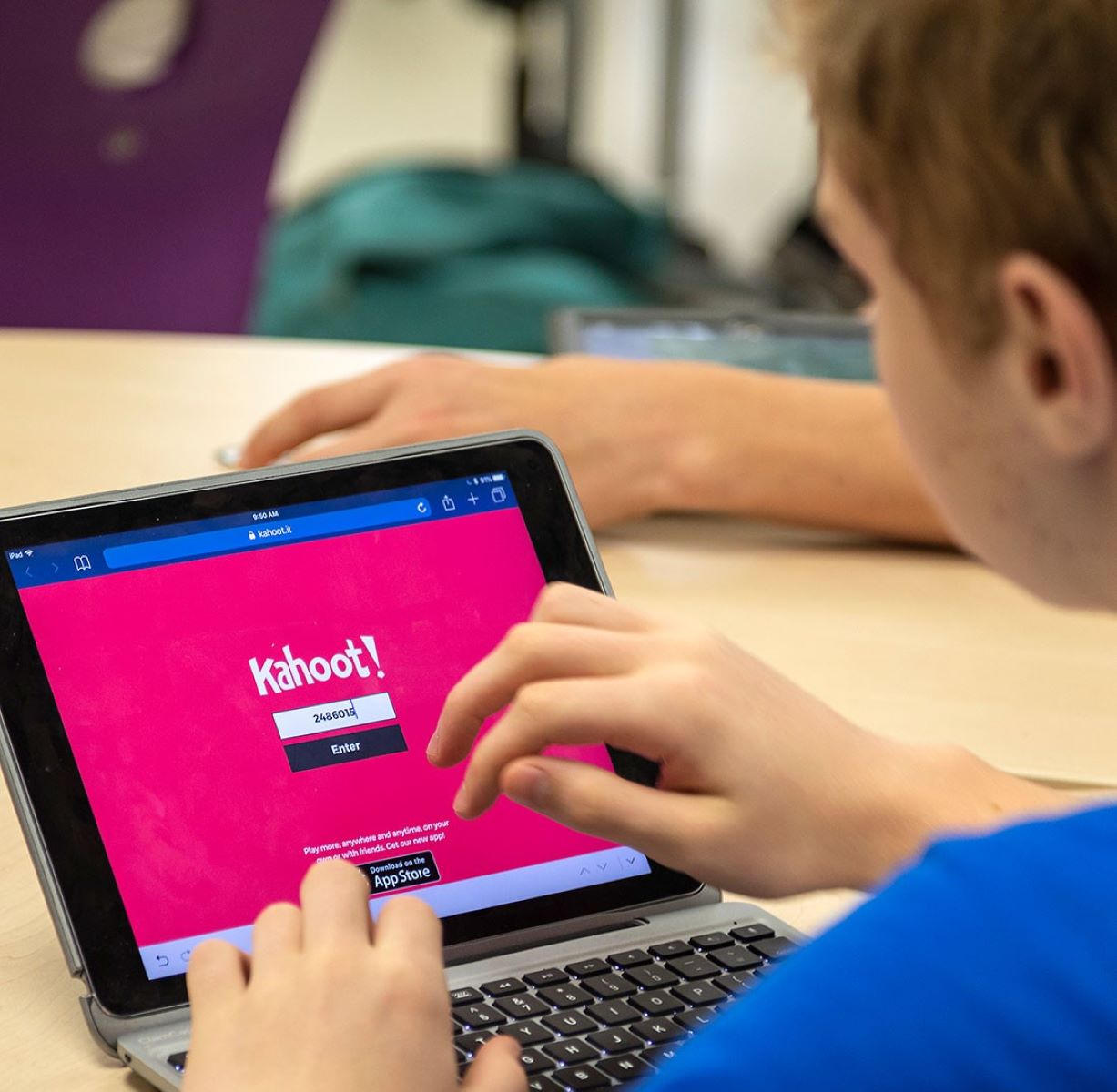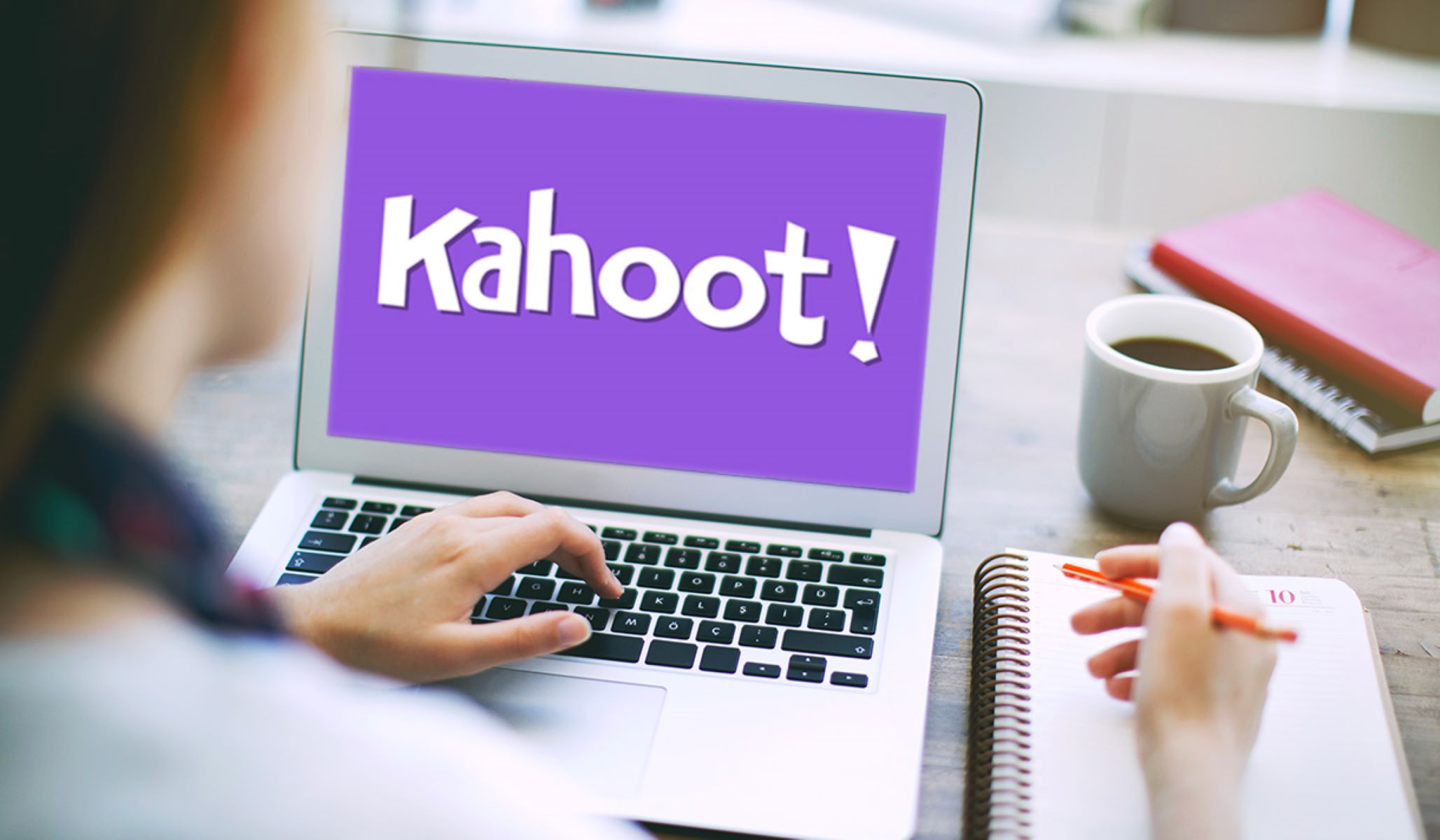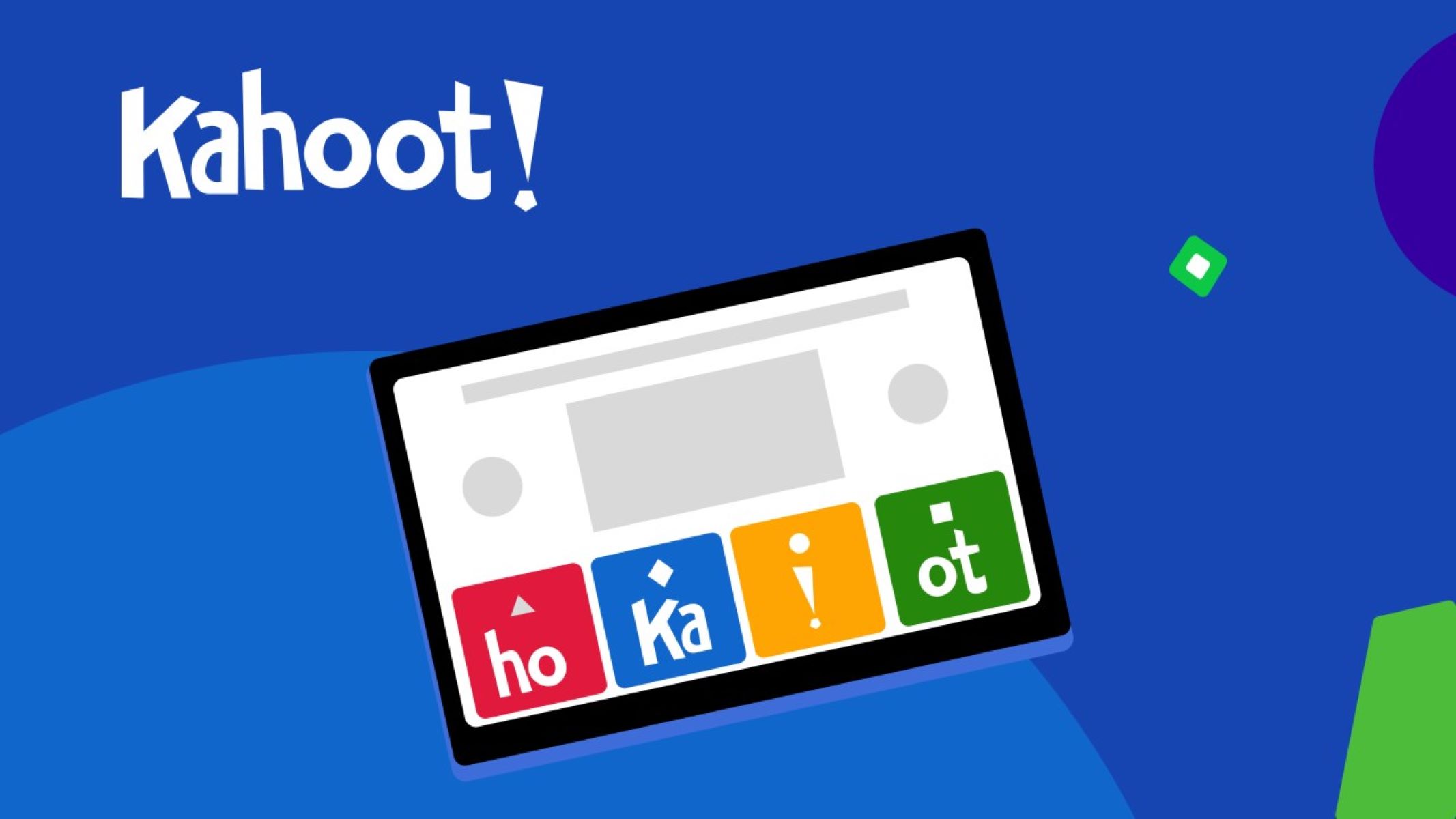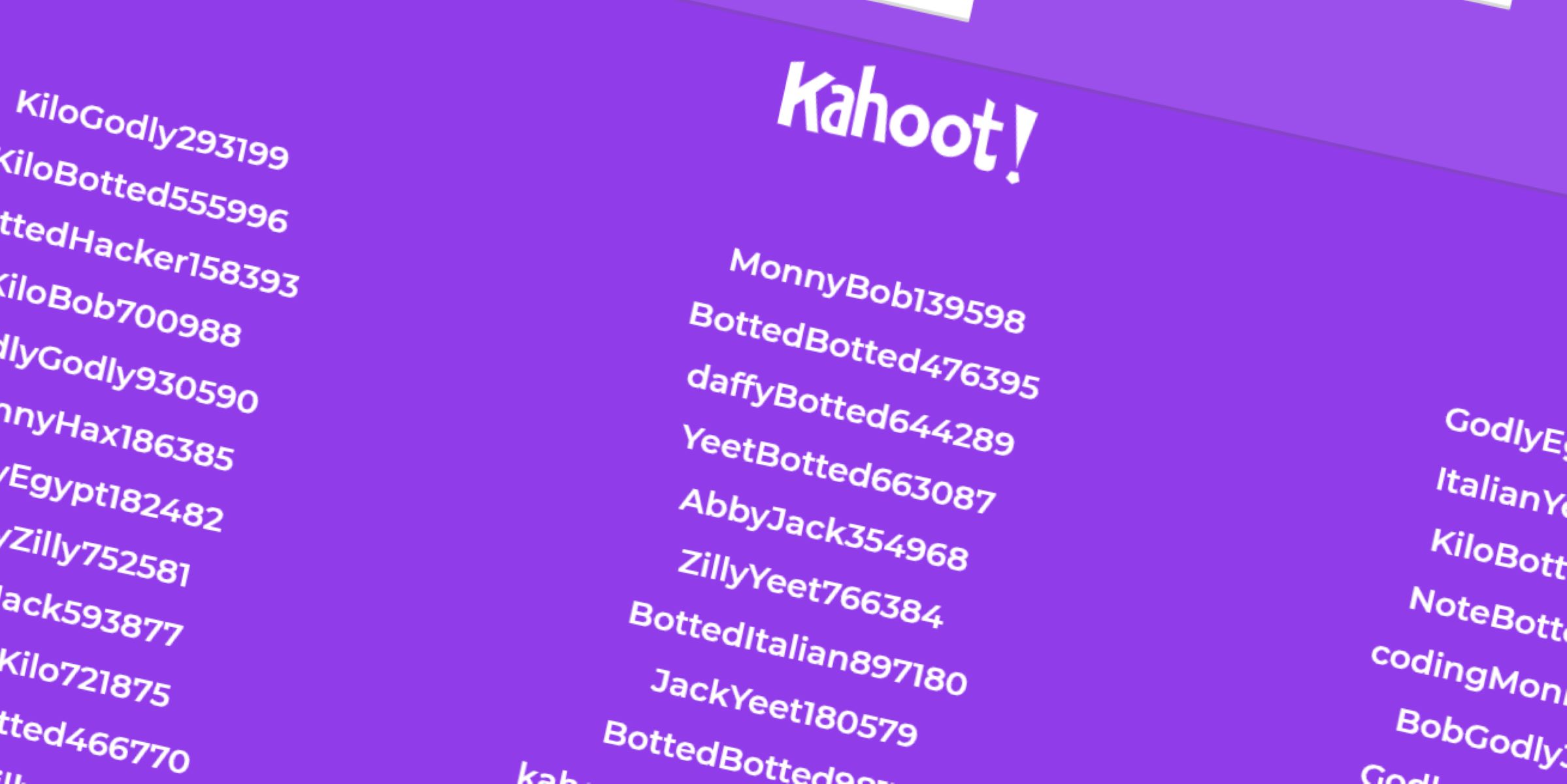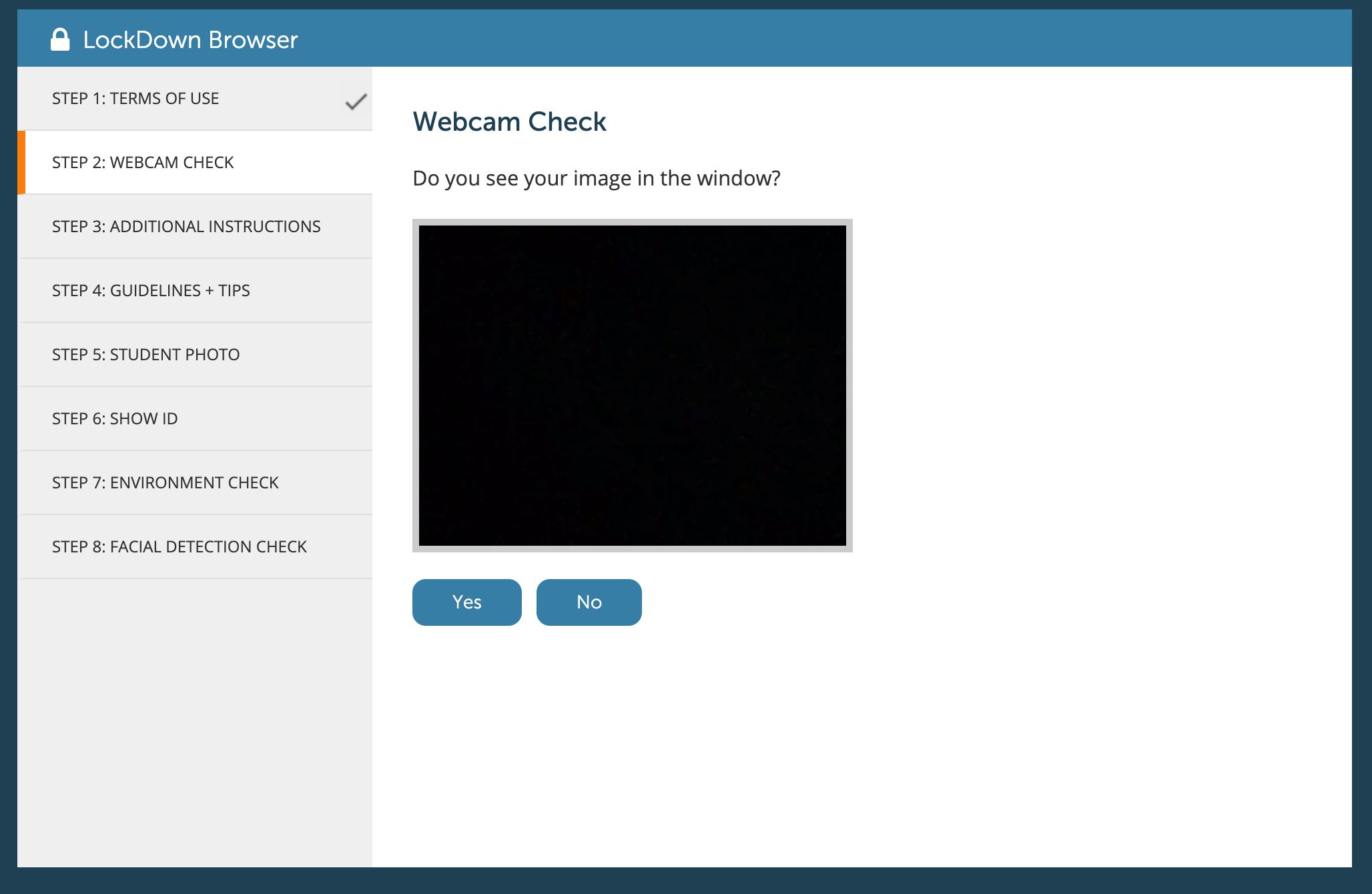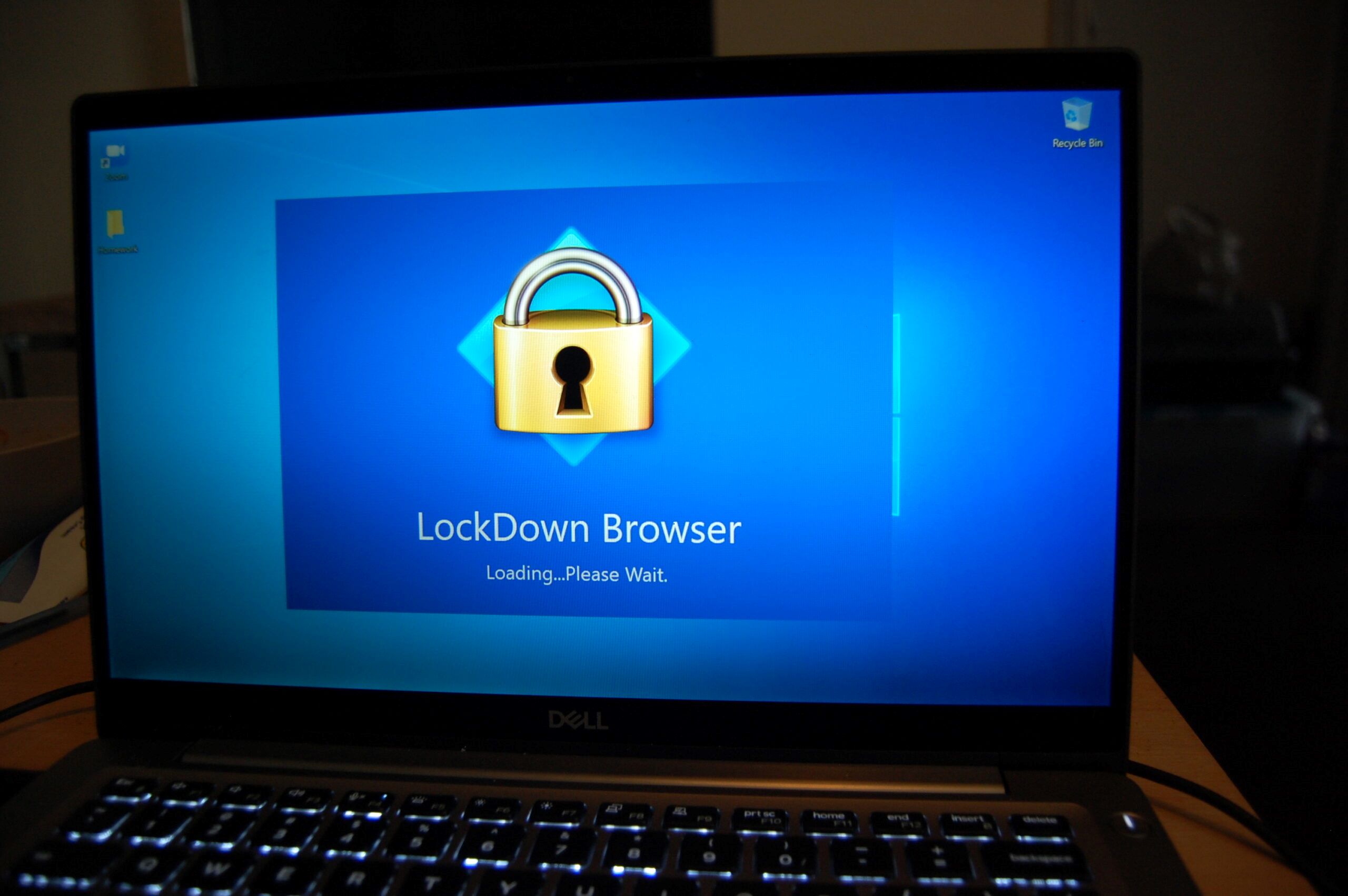Introduction
Kahoot is a popular online learning and interaction platform that allows both educators and students to create, play, and share quizzes in a fun and engaging way. With its interactive features and competitive game-like atmosphere, Kahoot has gained immense popularity in classrooms, training sessions, and social gatherings.
However, like any other online platform, Kahoot is not immune to cheating. Whether it’s students looking for an easy way to get high scores or participants in a friendly competition seeking an advantage, the temptation to cheat in Kahoot can be strong. In this article, we will explore the various ways people cheat in Kahoot, the potential consequences of cheating, and how to prevent it.
Before delving into the details, it’s important to note that cheating in Kahoot not only undermines the purpose of the quiz or activity but also hinders the learning experience for oneself and others. While the urge to cheat may be tempting, it’s essential to remember that honest participation and engagement are key to reaping the full benefits of Kahoot.
Now, let’s take a closer look at the reasons why people cheat in Kahoot and the methods they employ to gain an unfair advantage.
Understanding Kahoot
Before diving into the topic of cheating in Kahoot, it’s crucial to have a clear understanding of what this platform offers and how it works. Kahoot is an online learning game-based platform that enables educators to create interactive quizzes, discussions, and surveys for their students. It promotes active engagement and participation by turning learning into a fun and competitive experience.
At its core, Kahoot combines elements of gamification, technology, and social interaction. Participants, often students, can join a quiz session by entering a unique code displayed on the host’s screen. They can compete against each other in real-time or collaborate as teams, striving to answer questions correctly and quickly to accumulate points and climb the leaderboard.
The platform provides a visually appealing and intuitive interface, making it simple for both educators and participants to navigate. It offers a wide range of customization options, allowing teachers to tailor quizzes to their specific subject, grade level, or learning objectives. With vibrant colors, eye-catching graphics, and sound effects, Kahoot creates an engaging and immersive environment that encourages active learning.
Kahoot also boasts a vast library of pre-existing quizzes that cover a range of topics, from science and history to pop culture and general knowledge. Educators can search for and use these quizzes, saving time and effort in creating their own content. Furthermore, Kahoot offers a built-in audience response system that provides real-time feedback, enabling teachers to assess their students’ understanding and adjust their teaching accordingly.
Overall, Kahoot has revolutionized the way educators deliver instruction and engage with their students. It promotes active learning, enhances retention and understanding, and fosters a positive and collaborative atmosphere in the classroom.
Now that we have a solid understanding of Kahoot, let’s explore why individuals are driven to cheat on this platform and the methods they employ to gain an unfair advantage.
Why People Cheat in Kahoot
The temptation to cheat in Kahoot can arise for various reasons, stemming from both individual and social factors. Understanding these motivations can shed light on the underlying issues and help find ways to address and prevent cheating in the Kahoot platform. Here are some common reasons why people resort to cheating:
1. Desire for High Scores: One of the primary reasons people cheat in Kahoot is the desire to achieve high scores and outperform their peers. The competitive nature of the platform can lead individuals to take shortcuts in order to secure a top position on the leaderboard. This drive for recognition and praise can motivate some to cheat by any means necessary.
2. Fear of Failure: Fear of failure or underperformance can push individuals to cheat in Kahoot. They may feel pressured to maintain a perfect track record, fearing that a low score or incorrect answers will reflect poorly on their abilities or knowledge. Cheating becomes an attempt to avoid embarrassment and maintain a sense of competency.
3. Peer Pressure: Social dynamics play a significant role in Kahoot cheating, especially in group settings. Participants may feel pressured by their peers to cheat in order to align with the group’s actions and expectations. The fear of being left behind or deemed “less smart” can contribute to a collective inclination towards cheating.
4. Lack of Preparation: In some cases, individuals may resort to cheating due to their inadequate preparation for the quiz or activity. They may not have dedicated enough time to study or review the material, leading to a lack of confidence in their ability to perform well. Cheating becomes an attractive option to compensate for their lack of knowledge or preparation.
5. Lack of Consequences: If there is a lack of effective monitoring or enforcement of rules within a Kahoot session, individuals may feel that there are no real consequences for cheating. This perception of leniency can embolden people to cheat without fear of facing any negative repercussions.
While these are some common reasons why people may be driven to cheat in Kahoot, it’s important to emphasize the importance of integrity and ethical behavior in the learning process. Cheating undermines the purpose of Kahoot and diminishes the educational value it provides.
Next, we will explore the various ways people cheat in Kahoot, highlighting the strategies and techniques they employ to gain an unfair advantage.
Different Ways to Cheat in Kahoot
As Kahoot has gained popularity, so have the methods individuals use to cheat and gain an unfair advantage. While cheating goes against the spirit of the platform, it’s essential to be aware of these tactics in order to prevent and address them effectively. Here are some common ways people cheat in Kahoot:
1. Using Multiple Devices: One of the most straightforward methods of cheating in Kahoot is using multiple devices simultaneously. Individuals can log in with multiple accounts and answer questions on different devices. This allows them to rack up points on multiple accounts and increase their chances of securing a top position.
2. Collaborating with Others: Kahoot allows participants to join as teams, making collaboration an easy way to cheat. Participants can share answers or discuss question solutions with their teammates, enabling them to collectively achieve higher scores. This collaborative cheating tactic can be particularly challenging to detect, as it can mimic legitimate teamwork.
3. Delay Option: Kahoot offers a “Delay” option in its settings, which allows participants to delay the display of questions on their own device. This feature can be exploited to buy extra time for finding the correct answers through external resources. By purposely delaying the question, participants can search the internet, use study resources, or consult textbooks to cheat.
4. Quizlet and Other Study Resources: Online study resources like Quizlet provide pre-made flashcards and quizzes that align with various subjects and topics. Participants can search for Kahoot-specific Quizlet sets that contain answers to the quizzes they are taking. This form of cheating involves accessing external study materials to gain an unfair advantage and increase their chances of getting correct answers.
5. Using Cheat Websites and Tools: There are various cheat websites and tools available that claim to provide answers or time-saving techniques for Kahoot quizzes. These websites or tools often require participants to enter the quiz code, and then they provide the correct answers or hack the game to manipulate the scores. This method of cheating exploits vulnerabilities in the Kahoot system.
It’s important to note that while these cheating methods exist, Kahoot has implemented measures to mitigate them and maintain the integrity of the platform. For example, Kahoot has introduced a “Ghost Mode” that shows anonymous results after each question, making it harder for participants to collaborate or strategize based on others’ performance. Additionally, moderators and educators can monitor participants’ behavior to detect any suspicious activity.
Next, let’s discuss the potential consequences of cheating in Kahoot and explore strategies to prevent cheating.
Using Multiple Devices
One common method used to cheat in Kahoot is by utilizing multiple devices simultaneously. By logging in with multiple accounts on different devices, participants can answer questions on behalf of each account. This allows them to accumulate points and increase their chances of securing a top position on the leaderboard.
Using multiple devices for cheating has become easier with the proliferation of smartphones, tablets, and laptops. Participants can discreetly switch between devices, ensuring that they are simultaneously answering questions on all accounts. This tactic is particularly effective in situations where there is limited supervision or inadequate monitoring of participants.
The use of multiple devices poses a challenge for educators and moderators to identify and prevent cheating. However, there are measures that can be taken to mitigate this form of cheating:
1. Limit the Use of Personal Devices: In a classroom or controlled environment, educators can implement policies that limit the use of personal devices during Kahoot sessions. By providing participants with designated devices or using shared devices, it becomes more difficult for individuals to cheat using multiple devices.
2. Encourage Transparency: Educators can foster an environment of transparency by openly discussing the consequences of cheating and the importance of honesty. By emphasizing the value of fair play and the negative impact of cheating, participants may be less inclined to cheat using multiple devices.
3. Monitor Participants: Educators and moderators should actively monitor participants during Kahoot sessions. This can be done by visually observing their actions, ensuring that participants are not using additional devices or engaging in suspicious behavior. Increased vigilance can act as a deterrent and discourage participants from attempting to cheat using multiple devices.
4. Use Ghost Mode: Kahoot offers a feature called “Ghost Mode” that allows participants to compete against their previous scores instead of directly competing against others. By enabling Ghost Mode, individuals are less motivated to cheat using multiple devices since the focus shifts to improving their own performance rather than outperforming others.
5. Conduct Team-Based Quizzes: Educators can structure Kahoot quizzes as team-based activities, where participants collaborate and work together to answer questions. In such scenarios, using multiple devices for cheating becomes less effective as it diminishes the teamwork dynamic, and participants are encouraged to rely on their collective knowledge and skills.
While using multiple devices to cheat in Kahoot may provide a temporary advantage, it ultimately undermines the integrity of the learning experience. By implementing measures to prevent and deter cheating, educators can maintain a fair and equitable environment for all participants.
Collaborating with Others
Collaboration is an essential aspect of learning, but when it comes to Kahoot, it can be used as a means for cheating. Participants may form teams or groups to collaborate and gain an unfair advantage over other individuals in the quiz session. Collaborative cheating in Kahoot involves sharing answers or discussing question solutions with teammates during the quiz.
Collaborating with others to cheat in Kahoot can be challenging to detect, as it may mimic legitimate teamwork. Here are some strategies that can help prevent and address this form of cheating:
1. Educate Participants on Academic Integrity: It is vital for educators to emphasize the importance of academic integrity and discourage collaborative cheating. Promote open discussions about the negative consequences of cheating and the value of independent learning. Encourage participants to rely on their own knowledge and skills rather than seeking shortcuts through collaboration.
2. Monitor Team Dynamics: During Kahoot sessions, it is crucial for educators and moderators to keep a watchful eye on team dynamics and participant interactions. Observe participants’ behavior for signs of collusion, such as frequent huddling, whispered conversations, or suspicious eye contact. Address and intervene if there are indications of collaboration for dishonest purposes.
3. Assign Individual Accountability: Consider using a combination of individual and team-based quizzes in Kahoot. By assigning individual accountability, each participant is responsible for their own performance, reducing the temptation to collaborate for an unfair advantage. Additionally, provide a mix of collaborative and individual learning activities to emphasize the importance of both collaboration and independent work.
4. Set Time Limits for Answering: Kahoot allows quiz hosts to set a time limit for each question. By implementing shorter time limits, participants have limited opportunity to collaborate or discuss answers with others. This encourages individuals to rely on their own knowledge and decision-making abilities during the quiz.
5. Randomize Team Formation: Rather than allowing participants to form their own teams, implement randomized team formations in Kahoot. This disrupts established collaborations and encourages participants to work and communicate with different individuals during each quiz session. Randomizing teams helps prevent participants from having consistent access to a close-knit group for collusion.
By implementing these measures, educators can discourage and prevent collaborative cheating in Kahoot. It reinforces the importance of individual accountability, promotes independent learning, and upholds the integrity of the platform.
Delay Option
Kahoot offers a “Delay” option in its settings, allowing participants to delay the display of questions on their own devices. While this feature is designed to accommodate participants who may need extra time to read and answer questions, it can also be exploited as a cheating tactic.
By intentionally delaying the question, participants can buy additional time to search for the correct answers using external resources. They can take advantage of the delay to browse the internet, consult study materials, or even discuss the question with others before submitting their response.
To address this form of cheating, it’s important to implement effective strategies:
1. Set Reasonable Time Limits: When setting up Kahoot quizzes, ensure that the time limits for each question are appropriate. Consider the complexity of the questions and provide sufficient time for participants to read and answer them. Setting reasonable time limits reduces the need for participants to rely on the delay feature for extended periods.
2. Monitor and Regulate the Delay Option: As an educator or moderator, keep a close eye on how participants are using the delay feature. If you notice suspicious behavior, such as consistent and prolonged delays, it may be an indication of cheating. In such cases, intervene by reminding participants of the intended purpose of the delay option and discouraging its misuse.
3. Encourage Active Engagement: To minimize the reliance on the delay option, actively engage participants throughout the Kahoot session. Incorporate interactive elements, such as timed discussions or peer-to-peer interactions, that require participants to think on their feet and respond quickly. By keeping participants engaged, the need for additional time provided by the delay option becomes less appealing.
4. Discuss the Consequences of Misusing the Delay Option: Foster a culture of honesty and integrity by openly discussing the negative consequences of misusing the delay feature to cheat. Clearly communicate that cheating undermines the purpose of Kahoot and diminishes the learning experience for everyone involved. By addressing the potential repercussions, participants are less likely to exploit the delay option for cheating purposes.
5. Educate on Effective Study Strategies: Empower participants with effective study strategies that promote active learning and knowledge retention. Teach them the importance of thorough preparation before a Kahoot session, so they are confident in their ability to answer questions promptly without the need for excessive reliance on the delay option.
By implementing these strategies, educators can discourage the misuse of the delay option as a cheating tactic in Kahoot. It allows for fair and equitable participation, maintaining the integrity of the platform and fostering a positive learning environment.
Quizlet and Other Study Resources
Online study resources, such as Quizlet, have become popular tools for students to enhance their learning. While these resources can be valuable for review and study purposes, they can also be misused as a means of cheating in Kahoot.
Quizlet provides a vast collection of pre-made flashcards and quizzes that cover a wide range of subjects and topics. Participants can search for Kahoot-specific Quizlet sets that contain answers to the quizzes they are taking. This form of cheating involves accessing external study materials to gain an unfair advantage and increase the chances of answering questions correctly.
To address cheating involving Quizlet and other study resources, the following strategies can be helpful:
1. Emphasize the Importance of Personal Knowledge: Educators should stress the value of acquiring knowledge through personal study and understanding rather than relying solely on external resources. Encourage participants to cultivate their own knowledge base, fostering a deeper understanding of the subject matter and promoting critical thinking skills.
2. Promote Proactive Learning: Encourage participants to actively engage with the Kahoot quizzes and develop their own understanding of the concepts being tested. Encourage them to take ownership of their learning process by reading textbooks, researching, and taking notes. This approach discourages reliance on external resources such as Quizlet for quick answers.
3. Design Unique and Customized Quizzes: Instead of relying solely on pre-existing quizzes available on platforms like Kahoot and Quizlet, educators can create tailored quizzes with unique questions. Customized quizzes not only reduce the availability of ready-made answers but also encourage participants to apply their knowledge instead of relying solely on external sources.
4. Encourage Critical Thinking: Incorporate questions that require critical thinking and application of knowledge rather than simple factual recall. This approach challenges participants to go beyond surface-level memorization and deepens their understanding of the subject matter. Critical thinking questions are less likely to have readily available answers on Quizlet or other study resources.
5. Discuss Ethical Use of Study Resources: Engage participants in conversations about the ethical use of study resources, including Quizlet. Educate them on the importance of using external resources as supplementary aids rather than relying solely on them for answers. Encourage responsible and ethical study practices that enhance learning without compromising personal integrity.
By implementing these strategies, educators can discourage the misuse of external study resources like Quizlet for cheating purposes. Promoting personal knowledge development and emphasizing critical thinking skills will not only enhance the learning experience but also discourage participants from seeking shortcuts through external resources.
Using Cheat Websites and Tools
With the rise of technology, cheat websites and tools have emerged as a concerning method of cheating in Kahoot. These websites and tools claim to provide answers or time-saving techniques that give participants an unfair advantage during quizzes.
Participants using cheat websites and tools typically enter the Kahoot quiz code on these platforms. They either receive the correct answers directly or exploit vulnerabilities in the Kahoot system to manipulate scores and gain an advantage over other participants.
To combat cheating through the use of cheat websites and tools, a multi-faceted approach can be taken:
1. Secure the Kahoot Environment: Educators and moderators should take necessary precautions to secure the Kahoot environment and minimize the likelihood of unauthorized access. This includes regularly updating the platform, implementing secure authentication methods, and monitoring for any suspicious activity linked to cheat websites and tools.
2. Educate on Ethical Behavior: It is essential to educate participants about the importance of academic integrity and the negative consequences of using cheat websites and tools. Promote a culture of ethical behavior and emphasize the value of personal effort, knowledge acquisition, and fair competition in the learning process.
3. Monitor and Identify Suspicious Patterns: Vigilant monitoring of participant behavior can help identify any suspicious patterns indicative of the use of cheat websites and tools. Look out for abnormally high scores, consistent correct answers without hesitation, or unusual response times that may indicate external assistance.
4. Use Secure and Unique Quiz Codes: Employing secure and unique quiz codes can help minimize the risk of cheat websites and tools accessing Kahoot quizzes. Regularly generate new codes and avoid using predictable or easily guessable codes to prevent unauthorized access to the quiz sessions.
5. Foster a Supportive Learning Environment: Creating a supportive and engaging learning environment can reduce the likelihood of participants resorting to cheat websites and tools. Incorporate interactive activities, discussions, and opportunities for personal growth to enhance the learning experience and motivate participants to engage in fair and genuine learning.
6. Promote Preparation and Review: Emphasize the importance of thorough preparation and review before participating in a Kahoot quiz. Encourage participants to dedicate time and effort to studying the subject matter, seeking clarification when needed, and reviewing their notes and resources. By promoting preparation, participants are less likely to rely on cheat websites and tools.
Through a combination of these strategies, educators can discourage and prevent participants from resorting to cheat websites and tools. By fostering a culture of integrity and emphasizing the value of genuine learning, participants can fully engage in Kahoot quizzes and benefit from the educational experience it offers.
Consequences of Cheating in Kahoot
Cheating in Kahoot may seem like a tempting and convenient option for achieving immediate success, but it is not without consequences. Engaging in dishonest conduct during Kahoot quizzes can have various negative ramifications for both the cheaters themselves and the overall learning environment. Here are some of the potential consequences of cheating in Kahoot:
1. Loss of Learning Opportunities: Cheating in Kahoot can hinder the primary goal of the platform: learning. By relying on dishonest means to attain high scores, participants miss out on the opportunity to engage with the content genuinely. They deprive themselves of the chance to actively absorb information, understand concepts, and develop critical thinking skills.
2. Erosion of Personal Integrity: Cheating goes against the principles of honesty, integrity, and ethical behavior. When individuals resort to cheating in Kahoot, they compromise their own moral compass and integrity. This erosion of personal values can have long-term implications on their character development, impacting their future academic and professional endeavors.
3. Damage to Academic Reputation: Cheating in Kahoot can result in a tarnished academic reputation. When educators and institutions discover instances of cheating, it can lead to disciplinary actions, such as failing grades, academic probation, or even expulsion. Such disciplinary actions can have severe repercussions on future educational opportunities and professional prospects.
4. Negative Impact on Other Participants: Cheating not only affects the cheaters themselves but also has a negative impact on other participants. It undermines the fairness and credibility of the Kahoot quizzes, creating a sense of unfairness and disillusionment among honest participants. Cheating can demotivate others, discourage active engagement, and create a negative learning environment.
5. Diminished Learning Outcomes: When cheating becomes prevalent, the overall learning outcomes of Kahoot quizzes are compromised. The purpose of using Kahoot as an educational tool is to foster active learning, critical thinking, and knowledge retention. Cheating disrupts this process, interfering with the intended educational outcomes and diminishing the value of Kahoot as a learning platform.
6. Detriment to Personal Growth: Engaging in dishonest behavior impedes personal growth and development. The challenges and obstacles faced during quizzes are opportunities for individuals to learn from their mistakes, enhance their knowledge and skills, and build resilience. Cheating deprives individuals of these valuable experiences, hindering their personal and intellectual growth.
It is important for participants to understand the potential consequences of cheating in Kahoot. By emphasizing the value of academic integrity, promoting a supportive and honest learning environment, and fostering a culture of ethical behavior, educators can deter cheating and reinforce the importance of genuine learning in Kahoot quizzes.
How to Prevent Cheating in Kahoot
Preventing cheating in Kahoot quizzes requires a multi-faceted approach that combines effective strategies and proactive measures. By implementing the following steps, educators can minimize the likelihood of cheating and promote a fair and genuine learning experience:
1. Clearly Communicate Expectations: Set clear expectations regarding academic integrity and ethical behavior at the beginning of each Kahoot session. Inform participants about the consequences of cheating and emphasize the value of genuine learning and personal effort. Openly discuss the importance of honesty and the negative impact cheating can have on the learning environment.
2. Ensure Secure and Monitored Environment: Ensure that the Kahoot environment is secure and monitored to prevent unauthorized access and detect suspicious activity. Use secure authentication measures and regularly monitor participant behavior to identify potential cheating attempts. Promptly address any observed cheating or suspicious behavior to maintain the integrity of the quizzes.
3. Incorporate Randomized Question Order: Randomize the order of questions in Kahoot quizzes to reduce the effectiveness of pre-existing cheat sheets or external study resources. By presenting questions in a different order for each participant, the reliance on external materials for finding specific answers is diminished, promoting genuine engagement and knowledge application.
4. Implement Time Limits: Set appropriate time limits for each question to prevent participants from relying on external resources or collaborating extensively. Time constraints encourage participants to rely on their own knowledge and decision-making abilities, reducing the temptation to seek unfair advantages through external means.
5. Encourage Conceptual Understanding: Design questions that assess conceptual understanding rather than simple recall of information. By focusing on higher-order thinking skills, such as analysis, synthesis, and evaluation, participants are less likely to find straightforward answers from cheat sheets or memorized information. This approach encourages deeper engagement with the subject matter.
6. Foster a Supportive Learning Environment: Create a positive and encouraging learning environment that values collaborative learning and personal growth. Encourage participants to actively engage in discussions, share their thoughts, and learn from each other. When participants feel supported and motivated, the temptation to cheat is reduced as they recognize the value of their own efforts and contributions.
7. Emphasize Personal Accountability: Encourage personal accountability and responsibility among participants. Emphasize the importance of individual effort, preparation, and personal growth. By emphasizing the value of each individual’s unique contributions and fostering a sense of ownership over their own learning, participants are more likely to approach Kahoot quizzes with integrity.
8. Educate on Study Strategies: Educate participants on effective study strategies that promote genuine learning and retention of knowledge. Teach them how to efficiently prepare for quizzes, such as organizing study materials, creating personalized review guides, and practicing active recall. By providing participants with the necessary tools and techniques for successful learning, the need for cheating diminishes.
By proactively implementing these preventive measures, educators can ensure a fair and secure Kahoot environment that promotes genuine learning. Taking a comprehensive approach that combines clear communication, technological safeguards, and a supportive learning atmosphere will deter cheating and support participants in their educational journey.
Conclusion
Kahoot is an engaging and interactive platform that promotes active learning and educational engagement. However, the temptation to cheat in Kahoot quizzes can undermine the purpose of the platform and compromise the integrity of the learning experience. Understanding the reasons why people cheat in Kahoot and the different methods they employ is essential for educators and moderators to address and prevent cheating effectively.
By implementing strategies such as limiting the use of personal devices, promoting transparency, setting reasonable time limits, and encouraging individual accountability, educators can discourage cheating in Kahoot. Emphasizing personal integrity, fostering a supportive learning environment, and educating participants on effective study strategies further contribute to preventing cheating.
The consequences of cheating in Kahoot go beyond the immediate gains of higher scores. Cheating robs individuals of valuable learning opportunities, erodes personal integrity, damages academic reputation, and diminishes the learning outcomes of Kahoot quizzes. It also negatively impacts the motivation and engagement of honest participants, creating an unfair learning environment.
By fostering a culture of integrity and cultivating genuine learning, educators can ensure a fair and authentic Kahoot experience. Promoting academic integrity, emphasizing personal growth, and nurturing a supportive learning community instill values that extend beyond the classroom and into future endeavors.
As participants in the Kahoot platform, it is crucial for individuals to recognize the importance of honesty and ethical behavior. Engaging in genuine learning, actively preparing for quizzes, and relying on personal knowledge and understanding are key to deriving the most benefit from the Kahoot experience.
In conclusion, preventing cheating in Kahoot requires a collective effort of educators, moderators, and participants. By setting clear expectations, utilizing preventive measures, and fostering a culture of integrity, Kahoot can continue to serve its purpose as an effective and enjoyable platform for interactive learning.







